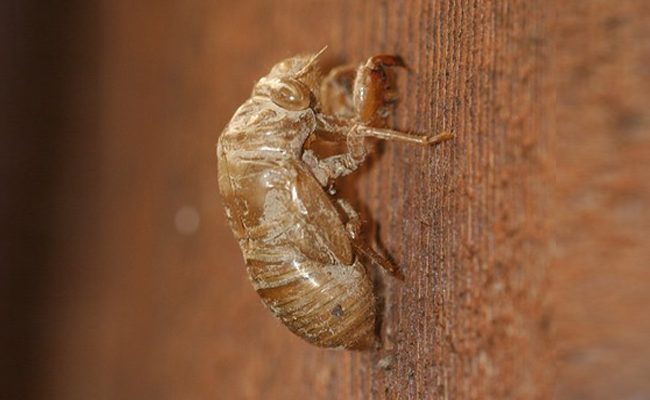
In an ever-expanding human-dominated world, coexisting with wildlife is a challenge that we must confront ethically and responsibly. As our communities continue to encroach on natural habitats, encounters with wild neighbors become more common.
Often, when these encounters occur, the immediate reaction is to remove or relocate the wildlife. However, it is crucial that we approach this issue with ethics in mind, seeking solutions that prioritize both human safety and the welfare of our wild neighbors.
The Dilemma of Wildlife Encounters
Wildlife encounters can be both thrilling and nerve-wracking. Whether it’s raccoons rummaging through trash cans, squirrels nesting in attics, or snakes in gardens, human-wildlife interactions can quickly become problematic.
The knee-jerk reaction for many is to call for the removal or relocation of these animals. However, a more ethical approach must consider the consequences of such actions.
The Ethical Approach to Wildlife Removal and Relocation
How do we approach the wildlife removal and relocation issue ethically? Consider the following.
Understanding the Need for Coexistence
The first step in adopting an ethical approach is to recognize that wildlife is an integral part of our ecosystem.
They play vital roles in maintaining the balance of nature and contribute to biodiversity. Instead of immediately seeking removal, we should strive for peaceful coexistence whenever possible.
Prevention Over Intervention
Preventing wildlife encounters should be the primary goal.
Properly securing trash cans, sealing entry points to homes, and using deterrents can minimize these interactions. This proactive approach is both ethical and effective, reducing the need for removal or relocation.
Responsible Wildlife Removal
In cases where intervention is necessary, it is crucial to prioritize responsible removal.
This involves hiring trained Wildlife removal Hamilton professionals who use humane and non-lethal methods. Trapping and relocation should always be the last resort.
Relocation as a Last Resort
Relocation should only be considered when there is a clear threat to human safety or when an animal’s presence poses a severe threat to its own well-being.
Even in such cases, relocation should be carried out by experts who adhere to strict ethical guidelines. It should never be done haphazardly, as it can lead to stress, disorientation, and even death for the relocated animal.
Educating the Community
Educating the community about coexisting with wildlife is essential. Knowledge about local species, their habits, and how to peacefully coexist with them can go a long way in preventing conflicts.
Awareness programs can foster empathy and understanding, leading to a more ethical approach to wildlife management.
Habitat Restoration
Long-term solutions should include habitat restoration and preservation efforts. Protecting and restoring natural habitats can help reduce human-wildlife conflicts by providing animals with suitable spaces to thrive.
Research and Monitoring
Continual research and monitoring of wildlife populations and their behavior are crucial for informed decision-making. This data can help communities develop effective, ethical strategies for managing interactions with wild neighbors.
Case Study: The Ethical Coyote Conundrum
In many urban areas, coyotes have become a prominent presence. These intelligent and adaptable animals often coexist with humans. When conflicts arise, understanding their behavior is key to an ethical response.
Instead of immediately opting for removal, communities can implement measures like secure pet enclosures, removing attractants (such as pet food left outdoors), and educating residents about living alongside coyotes. Responsible wildlife removal experts can be called in only when a specific individual poses a direct threat.
Wildlife removal and relocation should never be undertaken lightly. An ethical approach to managing interactions with wild neighbors involves prevention, responsible removal, education, and habitat preservation.
By prioritizing coexistence and taking a compassionate approach, we can ensure the safety and well-being of both humans and the wildlife we share our communities with. Remember, our wild neighbors play a crucial role in the delicate balance of our ecosystems, and it’s our ethical duty to protect them.
Leave a Reply